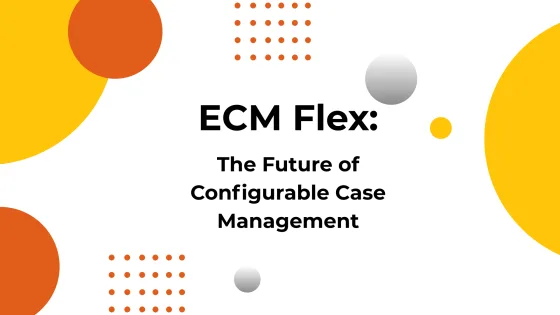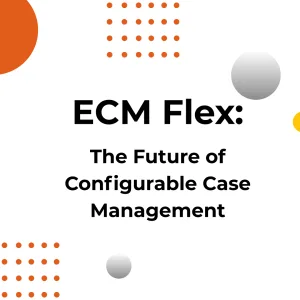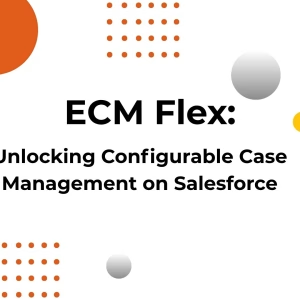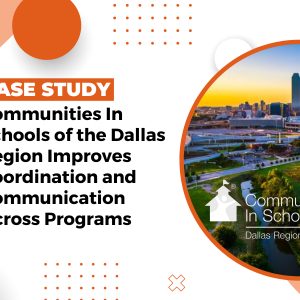Have You Outgrown One-Trick-Pony Software?
5 Signs You’re Ready for a CRM Workhorse.
Up through the end of the 19th century, a humble traveling circus could captivate a town with just a few simple marvels.
At the center of this show was often a “one-trick pony,” a specialized attraction that, for a while, captivated audiences.
But as audiences grew more sophisticated, circuses evolved into coordinated, multi-ring experiences with jugglers, acrobats, and animal trainers all working together to create a spectacle greater than the sum of its parts.
Most nonprofits go through a similar evolution with their information systems (IS). Read on to understand if you’re at that point and how you would benefit by moving from a one-trick pony to a CRM workhorse.
Why point solutions run off the track
Consciously or not, most nonprofits start with a “horses for courses,” IS strategy; they look for the “best of breed” tool that fills the specific need that they are facing.
They might buy one point solution for case management, another for fundraising, and a third for volunteer tracking, etc.
This seems smart, because the point solutions often cost less and focus on doing a limited set of things.
But as your organization grows, the “courses” are no longer separate tracks so the logic begins to break down. Everything needs to work together. The most common breakpoints are data sharing across:
- Constituent engagement
- Fundraising and donor relationships
- Grants and compliance
- Volunteer engagement and events
Vendors of point solutions like Bonterra’s ETO and Apricot or Caseworthy try to patch the problem in two ways. They either extend existing products by adding limited features that partially do the job. Or they build/acquire another solution and create clunky data integrations to make them work together.
Even when marketed as a “suite,” this bolt-on approach leaves you with a disjointed stable of ponies, each fenced into its own small paddock, not set up to work together as a team.
As one of our clients put it:
“We needed more than case management. We needed a platform to manage all our work—and we weren’t getting that with our old tool.”
But knowing when to change IS horses can be difficult.
You’ve outgrown your one-trick pony when …
Exponent has helped more than 700 nonprofits implement core information systems platforms. Each nonprofit is different, but the indicators that an organization has outgrown its point solution are universal.
Here are the most common operational signals that your one-trick ponies are holding you back.
| Issue | Common Symptoms |
| System inflexibility stifles change
|
Simple changes require complicated workarounds, costly change orders.
Your programs can’t evolve at the speed you need them to and your workflow is not supported.
|
| You can’t report on your impact
|
Your data is trapped in the silos that don’t connect. Reporting is a manual, time-consuming nightmare.
|
| Rigid security blocks collaboration
|
All-or-nothing permissions prevent you from sharing and protecting the right information. Staff frequently operate outside the system to get things done.
|
| Staff can’t work where the mission happens
|
Caseworkers spend hours at their desks on slow or redundant data entry instead of engaging in the field.
|
| User interface and stability drain productivity
|
Your team spends more time fighting with the system than focusing on the mission.
|
These issues aren’t just minor inconveniences that you can work around or will eventually fade. If not addressed, they’ll continue to grow. They’re signs that you need a new horse.
The platform advantage: working together as a team
Modern CRM workhorses have core architectural advantages that one-trick pony solutions lack:
- Unified data model. A unified data model centralizes all program data, eliminating silos for a complete view, enabling personalized engagement, streamlined operations, and easy reporting.
- Data Integration: A robust, “API-first” design allows for seamless, real-time information exchange between systems creating a true 360-degree view of your clients and supporters.
- Extensibility: A platform fosters innovation through marketplaces like the Salesforce AppExchange. These ecosystems allow you to add pre-integrated, specialized applications that use the same data architecture and avoid costly custom development.
- Enterprise security and compliance: Built-in tools support strict access controls, encryption, and audit trails—helping organizations meet compliance standards like HIPAA, VAWA, and FERPA without bolt-ons or workarounds.
- Embedded AI: The most significant leap is the integration of native AI and machine learning. This architecture unlocks predictive insights, helping you anticipate client needs, identify at-risk individuals, and turn program data from a simple record into a strategic asset.
Together, these elements create a system that is fundamentally secure, scalable, and configurable to your unique workflows.
However, with great power comes great complexity. Migration is easier with a guide who has done it before. And your IT team, which may be self-trained, will likely need help managing a robust platform.
After all, a powerful workhorse is only effective when guided by a skilled hand at the reins.
Section 4: ECM Flex – hitching up the workhorse
Given the hazards, many nonprofits feel stuck when choosing their next case management system.
That’s why we created ECM Flex, a case management success program that provides expert guidance along a structured path toward unifying all client case data, workflows, and reporting.
Flex combines:
- ECM, the best case management software for Salesforce.com,
- 🚀 a rapid deployment process that gets you up and running in 6 weeks, and
- 💪 flexible ongoing expert support and advisory services for your system.
If your ponies are holding you back, Flex helps you to harness the power of a CRM workhorse. You’ll spend less time managing software, and more time increasing your impact.
For more information on ECM Flex, you can learn more here or connect with us to hear more.





